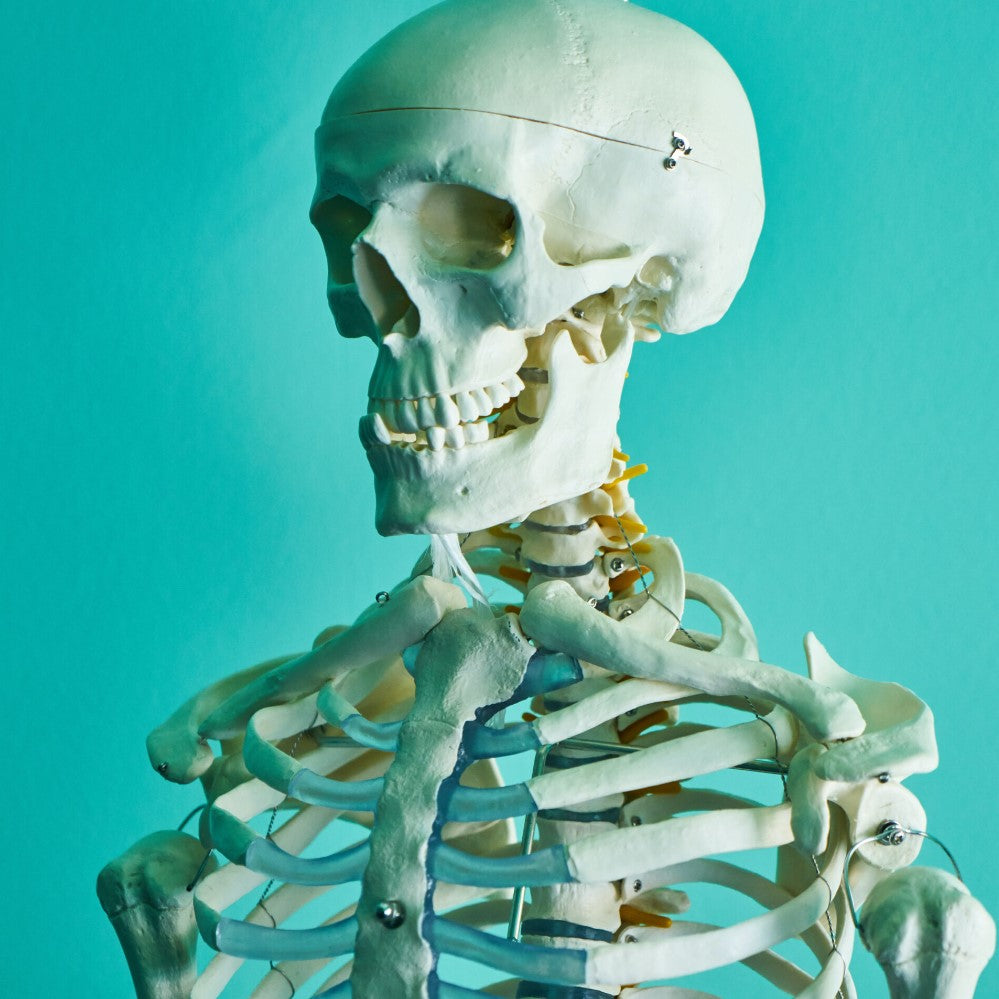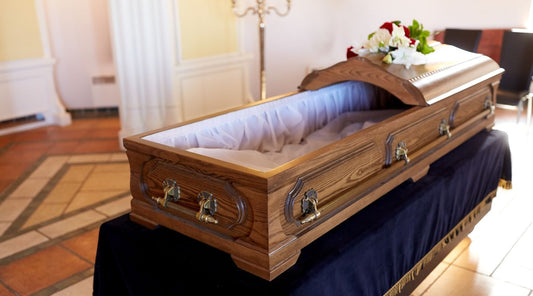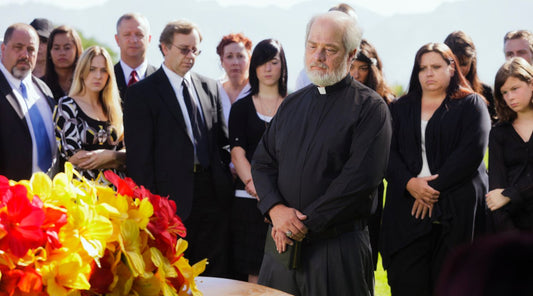
How long does it take for a body to decompose in the casket
Death may seem like the end of your entire existence, but maybe not so for the human body. The decomposition process starts immediately after the death of any living being, for that matter. It is a natural process that can take years and decades to complete its course.
It may surprise you to know that human decomposition begins soon after death- in a matter of minutes! A body in a coffin decomposes much slower than a body directly buried on earth. It is obvious that a body that's safe from natural insects or microbes found in the soil will have a longer body decomposition time.
If you are wondering how long does it take for a body to decompose, then the short answer is -10 to 15 years.

Factors that affect the decomposition process
Before diving into how long a body takes to decompose in a casket, you must know that there are other factors that may affect the decomposition process. These include:
-
Material of the casket
-
Ambient temperature of the place
-
Soil pH
-
Moisture levels
-
The temperature of the body
-
The size of the body
Given the many factors that may affect the process, there is no fixed time for how long a body takes to decompose in a casket after a person dies. The amount of fat content in a dead body is another factor you must consider.

Since maggots prefer feeding on muscle tissue to fat, chances are a fat person will experience slower body decomposition than others.
Human decomposition timeline
Generally speaking, all human bodies undergo four stages of decomposition after death. During these four stages, the body begins to experience various chemical reactions and microbial activities, which assist the process of body decomposition.
-
Stage one- Autolysis
The first stage, or the fresh stage of decomposition, begins immediately after death. This is the stage when the body cells self-destruct since there is no oxygen in the body as blood decomposes slowly without any blood circulation. Self-digestion of the cells occurs in a process called autolysis.
In this process, cells release enzymes which contain digestive enzymes that break down the cells themselves along with other components like carbohydrates and proteins. The excess carbon dioxide also creates an acidic environment which causes the cells to rupture.
During the first stage, rigor mortis will set in where the muscles stiffen 2-6 hours after death. This muscle stiffening stage will last for about 48 hours or more, after which the body decays to become soft again.
You should know that muscle contraction after death occurs due to the flooding of calcium ions in muscle fibers as muscle cells start losing integrity.
-
Stage two- Putrefaction
The second stage is when the microorganisms in the body, such as bacteria, fungi, or other organisms, become active in search of food. This means, since the body is devoid of oxygen, the organisms in the gut start moving to other parts of the body to feed on the internal organs.
During the process, microorganisms release gases that cause bloating. The bloat stage is when putrefaction occurs due to the unpleasant odors produced by the bacteria.
There is skin discoloration seen during this stage and the body turns yellowish-green in color. This happens as bacteria invade the gall bladder in the liver which spreads in the body after 18-20 hours.
The putrefaction process speeds up in warm environments which is why dead bodies from a crime scene are kept in freezing temperatures to let the body to decompose slowly.
-
Stage three- Active decay
Of the four stages, the third stage is when there's the highest bacterial activity in the body. Debloating of the human body occurs along with something known as "black putrefaction."
The body turns brownish-black in color since the blood vessels have deteriorated so much that the iron inside them spills out. The soft tissue in the body is the first to get affected.
There will be fluids released from the body's orifices which indicates the beginning of active decay. This is when the soft tissues begin to decompose, muscles deteriorate, and the cell membranes that hold your cells together break away.
The internal tissues become so soft that they collapse into a watery mush. The body starts to fall apart with muscle flesh detaching from the bones. The human decomposition at this stage takes a long time until only skeletal remains are left.
-
Stage four- Skeletonization
This is the final stage after active decay begins and will lead to a stage of advanced decay where only the skeleton will be left. This stage will carry on for many years until the bodies buried turn into dust.
After a decade or so, the presence of acidic soil, moisture and other conditions will facilitate a chemical reaction where fat from thighs and butt turn to grave wax. It turns into a soap-like substance due to the absence of oxygen.

It takes many decades for human skeletons to turn into dust. Teeth fall, the disintegration of clothes and everything else will take place during this stage.
Does the type of casket affect human body decomposition?
Yes, it does. Human decomposition is aided by a lot of external environmental factors. While it is a natural process, the type of coffin used will determine the timeline of human decomposition.

It is observed that human remains in a metal casket will last longer than wooden ones. Metal caskets are made of different materials like steel or bronze but they are tightly sealed and not easily affected by other factors in the soil.
While wooden caskets decompose much faster than metal ones, but is a good way to bury the bodies in. In fact, there have been instances where people have been directed to use wooden caskets instead of metal ones to fasten the decomposition process.
Final Thoughts
Human remains are what you see after decades or centuries of a person's death. The internal organs are affected first by the microbes in the gut followed by other parts of the body. Body decomposition is a long process and takes years to complete.


